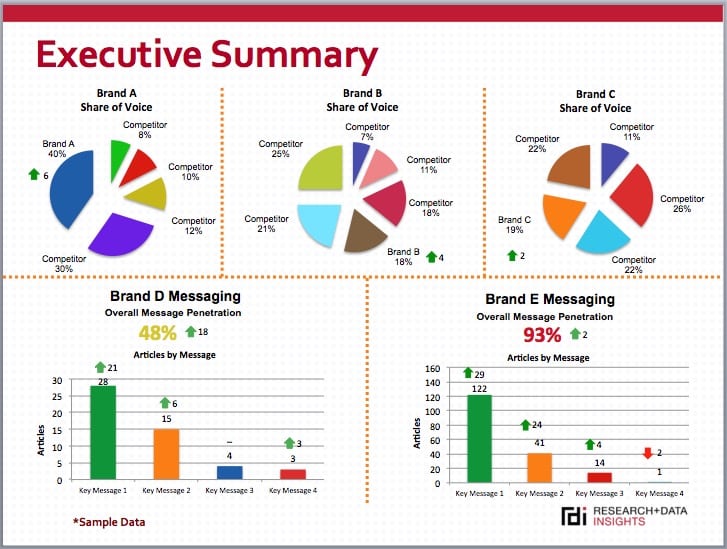
It’s time that social media managers admit our dirty little secret. You know. It's the thing nagging at you that you’re not sure how to fix. It’s often overlooked, but it may be slowing your career advancement and/or causing you to lose business.
Still not sure what I’m referring to? It’s that people reading your social media analytics reports don’t understand them. Maybe they just don’t 'get' social media in the first place.
Whether you share social media reports monthly, quarterly or annually, if readers–your supervisors or other company officials–don’t understand how social media is impacting business, marketing and/or communication goals, chances are:
- You’re not invited to planning meetings for large campaigns. Or social media is an afterthought once traditional media and communication are set.
- You aren’t seen as the in-house social media expert. Instead, you are an order taker, i.e., 'Can you post this on social?'
- There's no thought or discussion around how to achieve objectives through social. Social media isn’t viewed as strategic or a tactic that can bolster business and communication goals.
Poor Reporting=Flat Budgets
If you’re experiencing any of the above, we'll wager the social media budget remains small or flat. And getting a promotion seems out of reach.
So, what can you do to be seen as a subject-matter expert while helping advance your career? Drumroll please...make social media reports easier to understand and leverage!
Before sharing tips on how to do this, let’s cover what a good social media report should offer:
- Strategy and objectives. This reminds readers that social media's top priority is advancing business and communication goals. Moreover, it emphasizes that social requires tactics and strategic thinking.
- Business Impact. If you can show why social media is worth the ROI, you stand a better chance of getting budgets you need to advance your effort. If you don’t need additional resources, this also helps prove how efficient you are at running social.
- Analysis and Insight. Move beyond the data; offer context and insight. For example, discuss the root of successes or failures. What resources could help meet your goals? Including this content provides context for supervisors when you make requests or share how your efforts can be supported.
Quick Ways to Improve Reports
Now that we’ve covered what a report should include, let’s talk about quick, easy ways to improve reports. Consider including the following:
Learning and Insights Section - This is a summary of analytics. It should outline what performed well, what didn’t and why. In addition, include a plan to maintain and improve results.
Write this section as a copy-and-paste for leadership. This allow leaders to add it into reports they share with their supervisors. This not only saves the boss time, it lets you frame the narrative around social media performance. In addition, it demonstrates the tactics and strategy supporting social media initiatives. Moreover, it highlights your skills and contribution to the business.
Month-over-Month Comparison - Whenever possible, provide a month-over-month matrix for key analytics. These include engagement, average CPC, average order, followers, impressions, reach and link clicks. If possible, make this section one to two pages or slides. And make it clear for fast, easy viewing.
Percentages and Whole Numbers - When discussing social media performance, especially when providing month-over-month or year-over-year comparisons, sharing data as whole numbers and percentages allows for greater context. For example, perhaps adding 500 followers to the email list via a social effort isn't considered a great number. However, if the addition of 500 followers is an increase of 60 percent, it's more impressive.
A Metrics Glossary - Include this toward the report's end or in an appendix. And be sure to highlight it. A good glossary should explain commonly used metrics, how they are calculated and why they are significant to business goals. A good glossary takes time to create. Still, it should save time as you won’t get interrupted with questions during the work day about a metric's meaning and why you're tracking it.
While social media reporting isn’t the most glamorous aspect of our job, it is vital. Done correctly, it can lead to career advancement and more business.
Sabrina Merritt is founder & CEO of October Social Media
